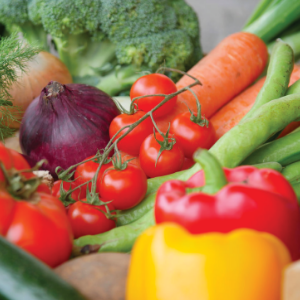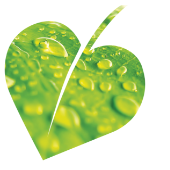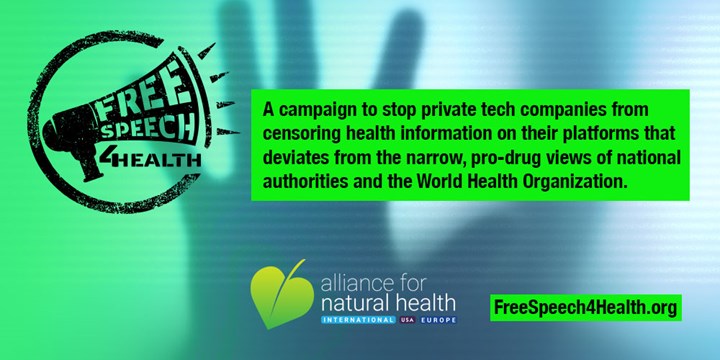|
[Read on to see ANH comment following abstract] Antioxidant supplements for prevention of gastrointestinal cancers: a systematic review and meta-analysis |
Goran Bjelakovic, Dimitrinka Nikolova, Rosa G Simonetti, Christian Gluud
Lancet 2004; 364: 1219-28
The Cochrane Hepato-Biliary Group, Copenhagen Trial Unit, Centre for Clinical Intervention Research, Copenhagen University Hospital, H:S Rigshospitalet, Copenhagen, Denmark (G Bjelakovic MD, D Nikolova MA, R G Simonetti MD, C Gluud MD); Department of Internal Medicine--Gastroenterology and Hepatology, Medical Faculty, University of Nis, Nis, Serbia and Montenegro (G Bjelakovic MD); and Divisione di Medicina, Ospedale V Cervello, Palermo, Italy (R G Simonetti MD)
Correspondence to: Dr Goran Bjelakovic, Department of Internal Medicine--Gastroenterology and Hepatology, Medical Faculty, University of Nis, 18000 Nis, Serbia and Montenegro [email protected]
|
Summary |
Background Oxidative stress can cause cancer. Our aim was to establish whether antioxidant supplements reduce the incidence of gastrointestinal cancer and mortality.
Methods With the Cochrane Collaboration methodology, we reviewed all randomised trials comparing antioxidant supplements with placebo for prevention of gastrointestinal cancers. We searched electronic databases and reference lists (February, 2003). Outcome measures were incidence of gastrointestinal cancers, overall mortality, and adverse effects. Outcomes were analysed with fixed-effect and random-effects model meta-analyses and were reported as relative risk with 95% CIs.
Findings We identified 14 randomised trials (n=170 525). Trial quality was generally high. Heterogeneity of results was low to moderate. Neither the fixed-effect (relative risk 0·96, 95% CI 0·88-1·04) nor random-effects meta-analyses (0·90, 0·77-1·05) showed significant effects of supplementation with ß-carotene, vitamins A, C, E, and selenium (alone or in combination) versus placebo on oesophageal, gastric, colorectal, pancreatic, and liver cancer incidences. In seven high-quality trials (n=131727), the fixed-effect model showed that antioxidant significantly increased mortality (1·06, 1·02-1·10), unlike the random-effects meta-analysis (1·06, 0·98-1·15). Low-quality trials showed no significant effect of antioxidant supplementation on mortality. The difference between the mortality estimates in high-quality and low-quality trials was significant (Z=2·10, p=0·04 by test of interaction).ß-carotene and vitamin A (1·29, 1·14-1·45) and ß-carotene and vitamin E (1·10, 1·01-1·20) significantly increased mortality, whereas ß-carotene alone only tended to increase mortality (1·05, 0·99-1·11). In four trials (three with unclear or inadequate methodology), selenium showed significant beneficial effect on the incidence of gastrointestinal cancer.
Interpretation We could not find evidence that antioxidant supplements can prevent gastrointestinal cancers; on the contrary, they seem to increase overall mortality. The potential preventive effect of selenium should be studied in adequate randomised trials.
In nine trials, the effect of antioxidant supplements was assessed in people with a high risk of cancer (ie, smokers, patients with oesophageal dysplasia, patients with previous history of skin cancer, hepatitis B surface antigen carriers, or relatives of patients with liver cancer), whereas three trials investigated healthy participants. One trial assessed the incidence of cancer as a secondary outcome in patients at high risk for cardiovascular disease. This variable risk to develop cancer could have affected our results. Likewise, the fact that occurrence of gastrointestinal cancers was not the primary objective of some of the trials might have affected the detection rate, but this factor would probably have affected both arms of the trials equally. The methodological quality of some of the trials could only be assessed by use of published reports, which might not have indicated the actual design of the trials. Not all authors responded to our requests for further information. Because we had to rely mainly on the published reports, the association between reported methodological quality and overestimation of intervention effect was very important.[23] Our data for the effect of antioxidant supplements on mortality were based on a select sample of trials assessing antioxidants for gastrointestinal cancers. We are in the process of identifying all trials investigating mortality after exposure to antioxidants. Finally, supplementation only lasted 1–12 years, which could be thought too short a period (compared with the length of time needed for cancers to develop) to draw definitive conclusions. In this respect, the fact that selenium seemed to be effective after only 2–4 years is noteworthy. We emphasise that our review analysed only the effect of certain antioxidant supplements. Therefore, the results should not be translated to the potential effects of vegetables and fruits, which are rich in antioxidants and other substances. Many substances in fruits and vegetables have been postulated to have anticarcinogenic properties. The most extensively investigated constituents of fruits and vegetables (acting as antioxidants) are micronutrients, dietary fibre, and various phytochemicals. [60–63] Some of these constituents, acting independently or in combination, might have protective effects."
A summary, focusing particularly on OPCs and vitamins, is given below:
Some of the key studies in peer reviewed scientific journals supporting the use of OPCs with or without vitamin synergists are given below
Capillary weakness, venous insufficiency and skin conditions
Numerous studies have demonstrated the ability of OPCs to strengthen capillaries, even at doses of 100 mg /day
An Italian clinical study reported improvement or disappearance of symptoms of venous insufficiency in the majority of subjects studied, measured both objectively by videocapillaroscope examination and subjectively by interviewing patients for symptoms (e
Atherosclerosis
There are a number of animal studies that demonstrate that OPCs are effective in reducing the risk of atherosclerosis[6],[7] (caused by the build up of plaque in arteries), the leading form of heart disease in western countries
A series of studies have recently been conducted showing the cardiovascular protective effects of OPCs to both animals and humans
The key mechanisms for this effect are thought to be the role of OPCs in inhibiting oxidation of low density liprotein (LDL) “bad” cholesterol in blood vessels, as well as inhibiting cyclooxygenase and lipoxygenase in platelets and macrophages, and decreasing thrombotic events
It is for these reasons that a number of epidemiological studies have demonstrated the ability of red wine consumption to reduce the risk of coronary heart disease
Cancer
The potent oxygen radical scavenging abilities of OPCs would suggest that their consumption could reduce the risk of cancer
Although such effects have yet to be demonstrated for supplemented OPCs in clinical trials, there is evidence for anti-carcinogenic effects from both animal and in vitro studies
Supplemental consumption of OPCs has been shown to have a range of beneficial effects on vision including substantial improvements in glare tolerance and night vision
Other conditions
By virtue of the oxygen radical scavenging and collagen/elastin support functions of proanthocyanidins, OPCs have been found to support a wide range of other conditions
Antioxidant vitamins
However, scientific studies have demonstrated that the radical scavenging capacity of OPCs may be up to 20 times greater than vitamin E and 50 times greater than vitamin C.17
Unlike OPCs that are able to scavenge in both the water and lipid phases,
Although
[1] Maffei Facino R, Carini M, Aldini G, Bombardelli E, Morazzoni P, Morelli R
[2] Fisher GJ,
[3] Costantini A, De Bernardi T, Gotti A
[4] Schwitters, B
[5] Petrassi C, Mastromarino A, Spartera C
[6] Gendre PMJ, Laparra J, Barraud E
[7] Uchida S, Edamatsu R, Hiramatsu M, Mori A, Nonaka G, Nishioka I, Niwa M, Ozaki M
[8] Lusis AJ
[9] Bagchi D, Sen CK, Ray SD, Das DK, Bagchi M, Preuss HG,
Molecular mechanisms of cardioprotection by a novel grape seed proanthocyanidin extract
[10] Frankel EN, Kanner J, German JB, Parks E, Kinsella JE
[11] Sato M, Maulik N, Das DK
[12] Cao Y, Cao R, Brakenhielm E
[13] Clifford AJ, Ebeler SE, Ebeler JD, Bills ND, Hinrichs SH,
[14] Joshi SS,
[15] Corbe C, Boissin JP, Siou A
[16] Froantin M
[17] Shi J, Yu J, Pohorly JE, Kakuda Y
[18] Li WG, Zhang XY, Wu YJ, Tian X
[19] Aguilo A, Tauler P, Fuentespina E,
[20] Niki E
[21] Doba T,
[22] Ward NC, Hodgson JM, Croft KD, Clarke MW, Burke V, Beilin LJ, Puddey IB







Comments
your voice counts
There are currently no comments on this post.
Your voice counts
We welcome your comments and are very interested in your point of view, but we ask that you keep them relevant to the article, that they be civil and without commercial links. All comments are moderated prior to being published. We reserve the right to edit or not publish comments that we consider abusive or offensive.
There is extra content here from a third party provider. You will be unable to see this content unless you agree to allow Content Cookies. Cookie Preferences